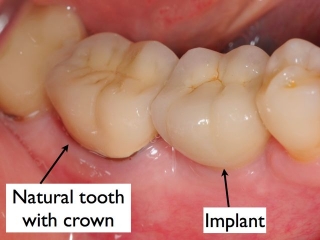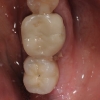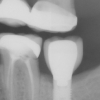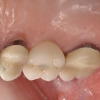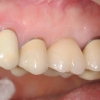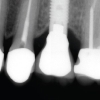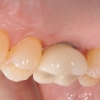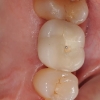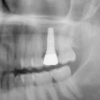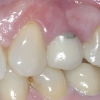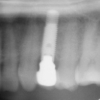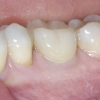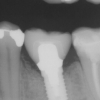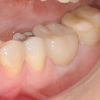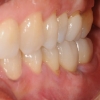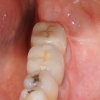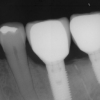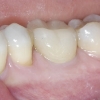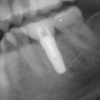A question often asked by some clinicians when planning for dental implants, is whether to use a prefabricated abutment or custom abutments. Some clinicians use prefabricated abutments to lower cost and eliminate the time required for custom impression. The fact is prefabricated abutments are very limited in their use and are inappropriate for most sites. This is because they do not provide the proper support, emergence, profile, and contour for the restoration. As the result, patients often complain of unaesthetic crowns and problems with frequent food impaction. It is recommended to always use custom abutments which consistently provide better results.
Dr. Benjamin Watkins, a renowned Washington DC prosthodontis, says: “In the esthetic zone, the use of custom abutments is an absolute must. There is no better way to create acceptable subgingival contour that matches that of a natural tooth. In addition you cannot adequately control the position of the margin with a stock abutment, which place you at higher risk of trapping cement subgingivally. This a silent but potentially catastrophic issue because once it is there it is often very difficult to remove it and may times the clinician may not be aware that this has occurred until many months after the restoration has been placed.”
He adds: “The long-term implications of subgingival margin placement and inadequate cement removal can lead to complications such as soft tissue inflammation, gingival recession, esthetic failure, loss of peri-implant hard tissue and depending on the proximity of the implant to tooth distance could lead to bone loss on the adjacent teeth. The risk factors of using a stock abutment far outweigh the financial saving gained by using them in any area of the oral cavity.”
In addition to selecting a custom abutment, restorative dentist should pay close attention to clinical requirements and appropriate contours of the restoration to achieve the desired result. They must precisely assess the size of the space, occlusal table, relationship to opposing arch, soft tissue thickness and position of the implant, and guide the laboratory technician with fabricating the right custom abutment and restoration. This can be communicated with study models, photos, specific instructions on contour requirements, and dimensions of the restoration.
The result is a restoration that is aligned with adjacent teeth, well-supported soft tissue, better aesthetic outcome, and teeth that can be easily maintained clean by the patient.
To achieve highly aesthetic, functional, and hygienic dental implant restorations, the following are required:
- Adequate bone width and height
- Adequate soft tissue thickness
- Proper implant width
- Precision implant position, angle, and depth
- An abutment that follows natural tooth anatomy at the gingival interface
- A crown that has proper contour and marginal integrity following the emergency of the abutment
- Proper anatomy of the abutment and crown at the embrasure space to support the papilla
While prefabricated abutments may be cheaper and quicker to do, they rarely provide the type of results that patients expect. Custom abutments are the option of choice for all dental implant restorations. lets look at the following examples:
